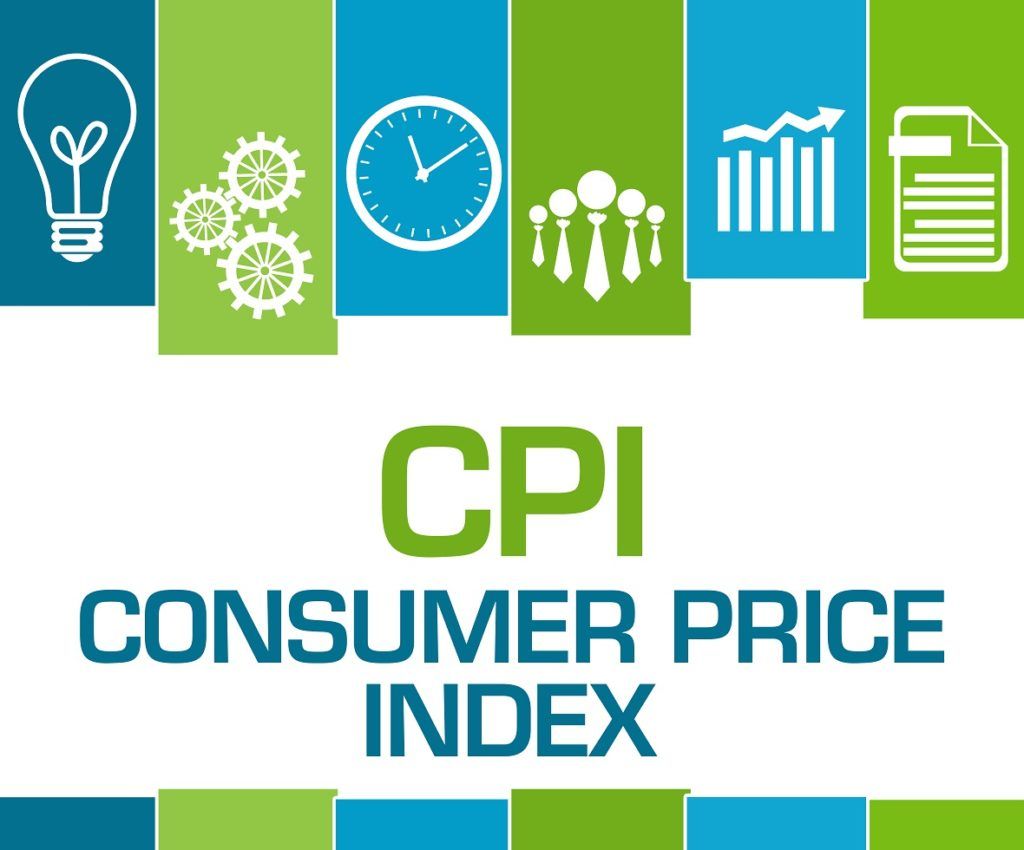Consumer Price Index (CPI)
A measure of the aggregate price level in an economy
What is the Consumer Price Index (CPI)?
The Consumer Price Index (CPI) is a measure of the aggregate price level in an economy. The CPI consists of a bundle of commonly purchased goods and services. The CPI measures the changes in the purchasing power of a country’s currency, and the price level of a basket of goods and services.

The market basket used to compute the Consumer Price Index is representative of the consumption expenditure within the economy and is the weighted average of the prices of goods and services.
Computing the Consumer Price Index
The Consumer Price Index expresses the change in the current prices of the market basket of goods in a period compared to a base period. The CPI is usually computed monthly or quarterly. It is based on a representative expenditure pattern of urban residents and includes people of all ages.
Most CPI index series use 1982-84 as the basis for comparison. The U.S. Bureau of Labor Statistics (BLS) set the index level during the 1982-84 period at 100. An index of 110 means that there’s been a 10% rise in the price of the market basket compared to the reference period. Similarly, an index of 90 indicates a 10% decrease in the price of the market basket compared to the reference period.
Calculating the Consumer Price Index
The BLS records around 80,000 items each month by contacting retailers, service establishments, rental spaces, and service providers across the country.
Based on the BLS survey, the CPI is calculated using the following formula:

Determining the Market Basket (Representative Basket)
The market basket is developed using detailed expenditure information. Governments spend considerable resources (money and time) to accurately measure expenditure information. Information sources include surveys targeted at individuals, households, and businesses.
A particular item enters the basket through the initiation process. Consider the following example that describes the initiation process for bread. A particular type of bread is chosen with a probability directly proportional to its sales figures. There are three types of breads: A, B, and C. A makes up 70% of the bread market, B makes up 20% of the bread market, and C makes up 10% of the bread market.
Therefore, the probability of bread A being chosen as the representative bread is 70%. After a representative bread is chosen, its price is monitored for the next four years, after which a new representative bread will be chosen. This bread will continue to be priced each month in the same store.
Uses of the Consumer Price Index
- To serve as an economic indicator: The Consumer Price Index is a measure of the inflation faced by the end user. It can determine the purchasing power of the dollar. It is also a proxy for the effectiveness of a governments economic policy
- To adjust other economic indicators for price changes: For example, components of national income could be adjusted using CPI.
- Provides cost of living adjustments for wage earners and social security beneficiaries and prevents an inflation-induced increase in tax rates.
Limitations of the Consumer Price Index
- The Consumer Price Index may not be applicable to all population groups. For example, CPI-U (Urban) better represents the U.S. urban population but doesn’t reflect the status of the population in rural areas.
- CPI doesn’t produce official estimates for subgroups of a population.
- CPI is a conditional cost-of-living measure and does not measure every aspect that affects living standards.
- Two areas can’t be compared. A higher index in one area compared to the other doesn’t always mean that prices are higher in that area.
- Social and environmental factors are beyond the definitional scope of the index.
Limitations in Measurement of the CPI
- Sampling error: Risk of the right sample not being chosen. The sample chosen might not accurately represent the entire population.
- Non-sampling error: Non-sampling errors include errors associated with price-data collection and errors associated with operational implementation.
- Doesn’t include energy costs: A major criticism of the CPI is that it doesn’t include energy costs even though these are a major expenditure for most households.
Related Readings
Thank you for reading CFI’s guide to the Consumer Price Index. To keep advancing your career, the additional CFI resources below will be useful: